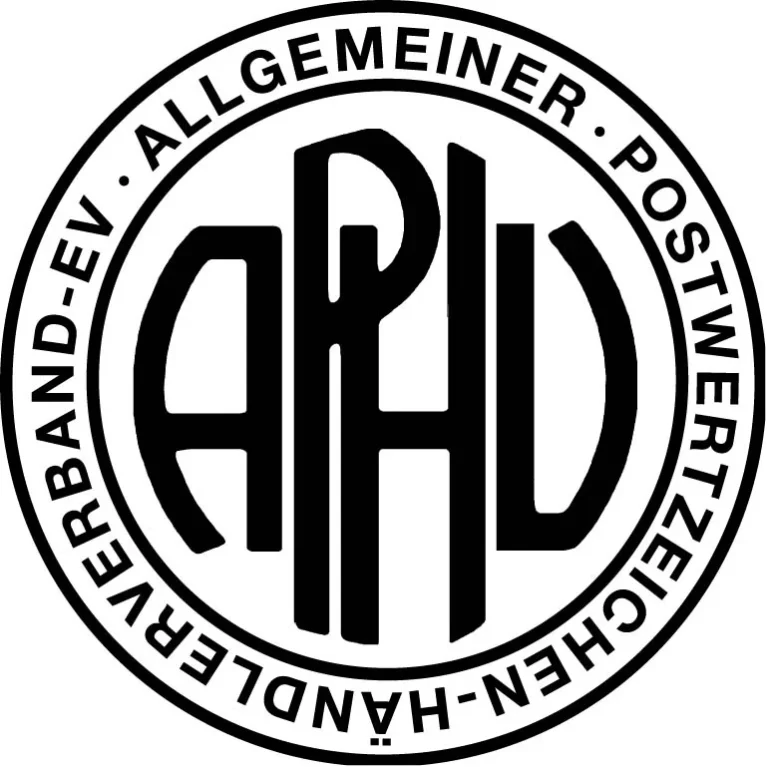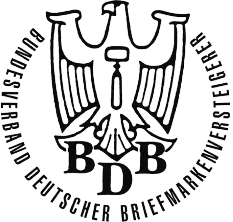Postcards
Find out all about the postcards we specialize in.

Postcards of the Wiener Werkstätte
Artful picture postcards from the famous Austrian crafts and art community.
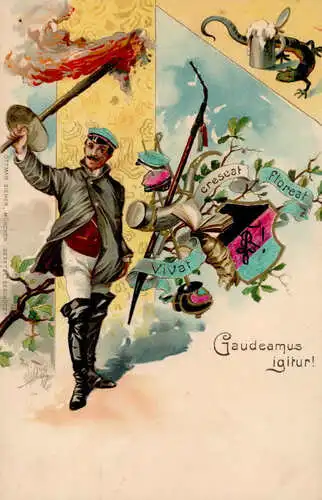
Postcards by Arthur Thiele
Humorous picture postcards by the famous painter Arthur Thiele from Leipzig.
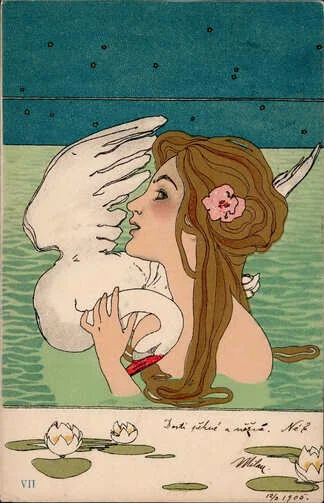
Postcards by Raphael Kirchner
Postcards by the austrian artist Raphael Kirchner, on whose pictures women often took center stage.
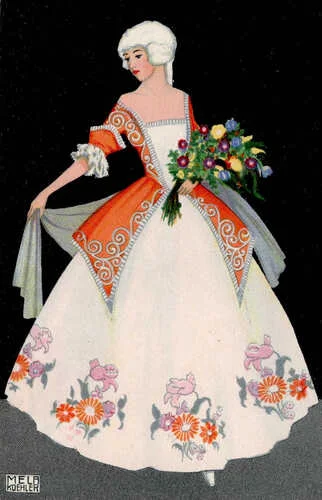
Postcards by Mela Köhler
Postcards by the Viennese artist Mela Köhler with focusing on painting.
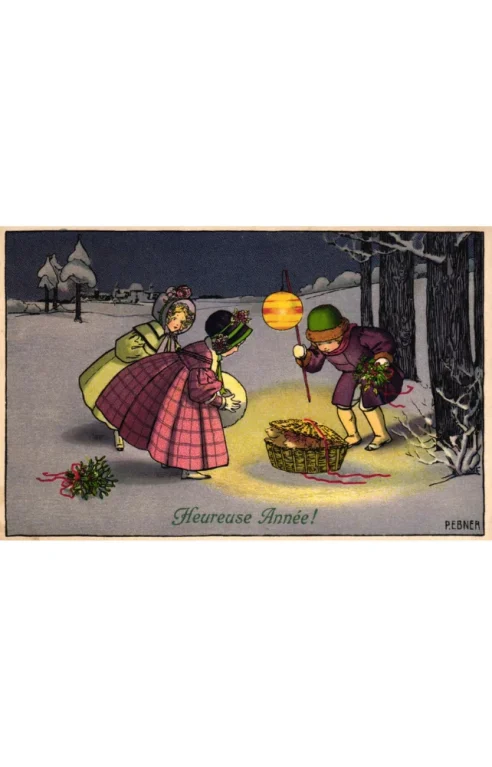
Postcards by Pauli Ebner
Postcards by the Viennese artist Pauli Ebner, which are characterized by the depiction of bourgeois ideals of the time.

Postcards with dachshund illustrations
Postcards showing dachshund illustrations by various artists from around 1890.
Find out the value of your collectibles
Get an unbiased valuation of your collectible and sell it at the best price. Stade Auktionen will guide you to the auction professionally and respectfully.
Stamps
Find out all about the stamps we specialize in.
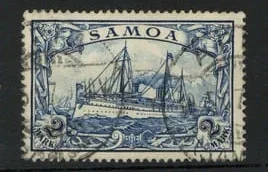
Stamps from the German colonies
Stamps from the German colonies are highly sought after by collectors due to their historical significance and rarity.
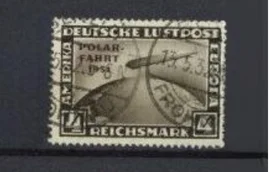
Stamps from Zeppelin mail
Zeppelin mail includes mail items that were transported by the airships of the Zeppelin series. These items often have special postmarks and stamps and are highly sought after by collectors.
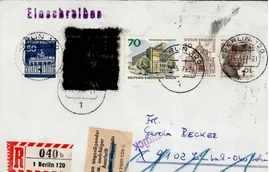
Stamps on everyday mail
Everyday mail includes postal items that were franked for postage and also mailed. Due to this authentic use, used items often achieve a higher value than comparable collector’s mail, as they are genuine contemporary witnesses.
How to sell your treasures with Stade Auktionen

Contact us
Contact us by phone, e-mail or via the contact form for personal consultation.
Let us take care of your request
Whether you wish to entrust us with an extensive legacy, your entire collection or parts of it – we will appraise everything with utmost respect.
Your treasures in the best hands
We will make sure that your treasures get into the right hands as quickly as possible.
Our satisfied customers
Our network of partners and collectors from all over the world
